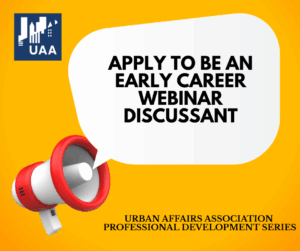
Award Recipients
Lawrence J. Vale
Purging the Poorest: Public Housing and the Design Politics of Twice-Cleared Communities
Sonia Hirt – Honorable Mention
Zoned in the USA: The Origins and Implications of American Land-Use Regulation
Award Committee Assessment
From this set of books, we agreed on two that stood out.
For honorable mention, we selected Sonia Hirt’s Zoned in the USA: The Origins and Implications of American Land-Use Regulation. This book seeks to answer the question: How is it that freedom-loving Americans, who have almost continuously throughout their history, been suspicious of government regulations, have in place the most detailed, constraining, ubiquitous regulatory land use system in the world, especially when detached single family homes are concerned? We thought that Prof. Hirt, through a detailed and creative historical and comparative analysis answers that question thoroughly. So we learn for example that the US is the only country of those surveyed with a planning system that is purely local or that forbids other uses in single-family districts. And then Prof. Hirt, again quite successfully we thought, explains this American exceptionalism. And for that explanation, you have to buy the book.

For the best book award, we selected:
Lawrence Vale: Purging the Poorest: Public Housing and the Design Politics of Twice-Cleared Communities.
Purging the Poorest is as much about the history and motives that underlay federal public housing as it is about HOPE VI. Focusing on Atlanta’s Techwood/Clark Howell homes and Chicago’s Cabrini Green, Professor Vale’s book tells a rich, historically grounded story of the original motivations and design of two public housing communities, and then leads us forward to the present day redevelopment of these same sites. Using the lens of design politics, he unpacks the impulse in both periods for a new image and a new community at these sites and the different ways that social engineering has been embedded in the design of these communities in each case. His assessment of HOPE VI is nuanced and insightful. He reminds us of the consequences of purging the poorest through redevelopment and puts forward examples of how things have turned out differently in other cities. It is provocative and timely and we highly recommend it to you.





